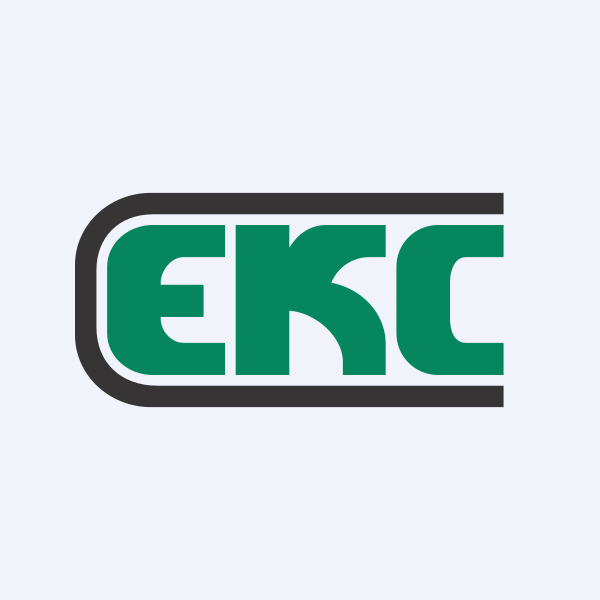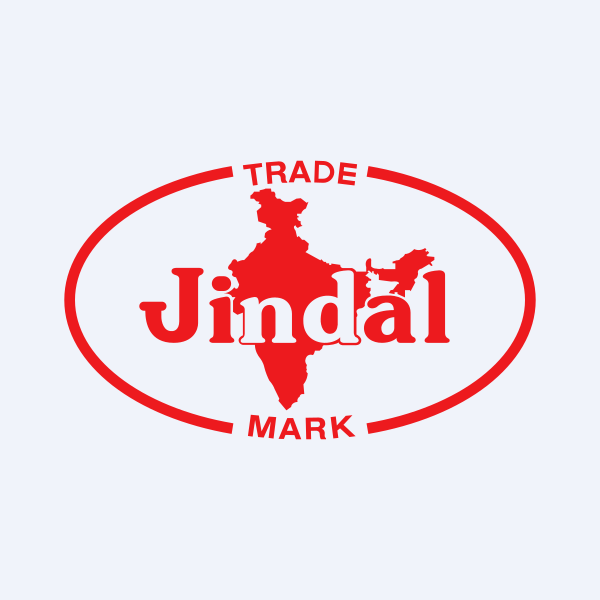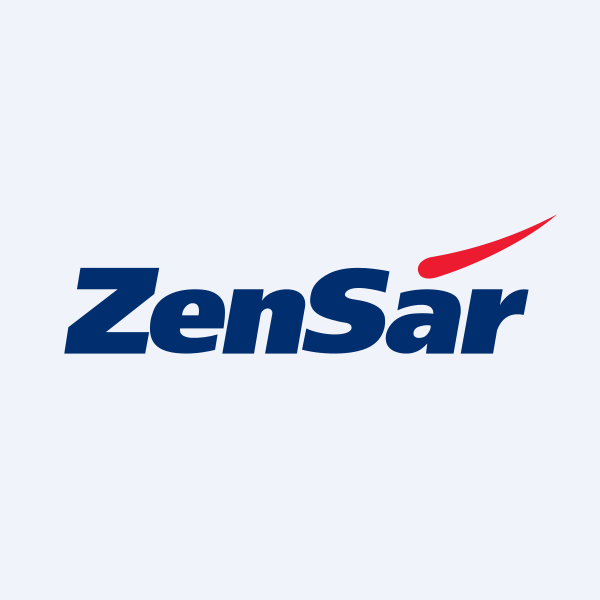Rajesh Exports (NSE: RAJESHEXPO)

(Disc.: Invested. Not a recommendation.)
Date: 22/11/2023
Price: ₹347.2/share
Introduction
When a company with operations as large as Rajesh Exports’ is in the news for all the wrong reasons, its hard not to take notice. As I write this, the stock is down over 50% this year alone, and trades at an over 8-year low. The fall in price is partly warranted, largely due to serious lapses in corporate governance- most notably the company's repeated failure to file essential financial documents, including a cash flow statement in the most recent quarter. In most cases, such red flags would lead to outright rejection. However, the current fear and uncertainty surrounding the company have, in my view, pushed the stock into value buy territory, significantly reducing downside risk. After months of tracking, I finally decided to pull the trigger and capitalise on this mis-priced opportunity. As the saying goes, "Be greedy when others are fearful.” The thesis is extremely simple, so this is a small write-up.
Recent Portfolio Activity
Last week, I sold KSCL at ₹610 per share. Since I didn’t notify this sale on Valuewala, I'll record it in the model portfolio at todays closing price of ₹587.85/share. This transaction, including the ₹5 dividend received, translates to a 28.83% return.
This week, I initiated a position in Rajesh Exports, making it the largest holding in my portfolio, with a weight of over 20%. I have made it the largest investment in the model portfolio as well.
The Company
Incorporated in 1989 and headquartered in Bangalore, Rajesh Exports (REL) is a global leader in the gold business, and the only company in the world with a presence across the entire value chain of gold- from refining to retailing. The company is the largest processor of gold and processes an estimated 35% of the gold produced globally. Its operations span gold refining, manufacturing, exporting, wholesaling and retailing.
The company’s operations begin with gold refining. It leads the industry in terms of capacity, production, and cost-effectiveness. The company operates two major refining facilities - one in Balerna, Switzerland, and another in Uttarakhand, India - with the capacity to refine 2000 and 400 tonnes of precious metal annually, respectively.
In its quest to become the worlds largest gold refiner, REL acquired Swiss refiner Valcambi in 2015 for $400m. Valcambi has been in the gold refining business since 1963 and is the worlds largest manufacturer of refined gold bars. The acquisition grew sales from $8 billion in 2015 to over $24 billion by 2016.
Post-refinement, the gold is utilised to produce bars, jewellery, and various gold products. REL, besides being the largest manufacturer of refined gold bars (through Valcambi), is also the world's largest and most cost-efficient manufacturer of gold jewellery and products. These products are manufactured in the company's facilities located in Bangalore, Cochin, and Dubai, boasting a combined annual capacity of 350 tonnes.
The final stage of REL's operations involves retailing and exporting the manufactured goods. The company directly retails to customers through its 80-store chain in Karnataka under the 'SHUBH' brand. Additionally, it exports to major white label manufacturers and wholesalers globally and supplies to over 5000 retail showrooms across India. REL is the largest exporter of gold jewellery and products both in India and globally, and holds the distinction of being a Government recognised 'Five Star Export House' - the only one in the jewellery sector.
Reason for investing
My reason for investing rests solely on the company’s balance sheet.
The company currently trades at a 17% discount to its net current asset value (current assets minus all liabilities), a proxy for its liquidation value. In other words, if one simply liquidated inventories, collected receivables, took the cash and bank balances, then used it to pay off all outstanding liabilities, they’d be left with over ₹420 per share in cash. Historically, inventory days have ranged 8-12 days and debtor days 10-16, indicating a swift conversion of current assets into cash. This approach alone would yield a 20% profit from the current market price and you’d effectively get Valcambi (the world’s largest gold bar manufacturer) that REL paid $400 million for, free.If Valcambi were to be sold for even a conservative ₹800 crore (approximately $100 million), it would add an extra ₹30 per share in value. However, the true worth of Valcambi is likely much higher. Conservatively, I peg the stock's value at over ₹450 per share. I am not sure when it will get there but I am confident that the market will eventually recognise the company's value and the price-value discrepancy will be realised.
Conclusion
Of course, a company like REL isn’t actually going to liquidate (and shouldn’t), but the point is that the price it currently trades at presents limited downside risk and safety of capital- my only criteria for investment. The upside will take care of itself.
I am not disregarding the corporate governance lapses and other issues plaguing the company, but I believe the price the stock trades at more than compensates for that risk. This does not mean that the stock won’t go lower (it most likely will), but it is unlikely to stay at these levels for very long. Eventually, fear and uncertainty will subside and the company will be valued more rationally. Until then, I just have to be patient. At some point in the next 1-3 years, I expect to comfortably exit this investment at double-digit annualised returns.





Member discussion